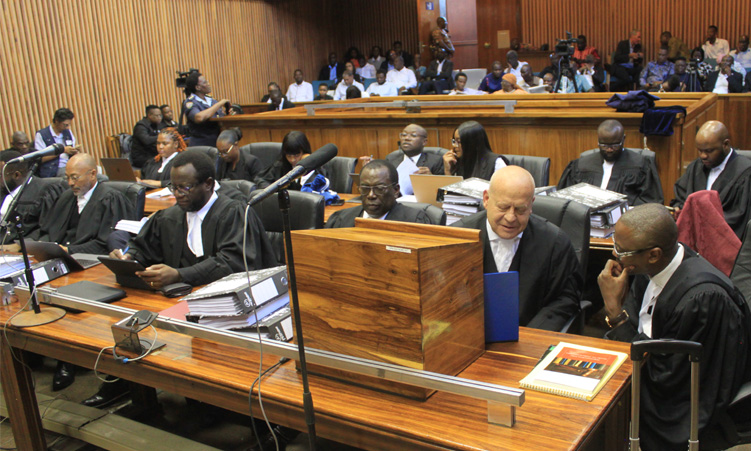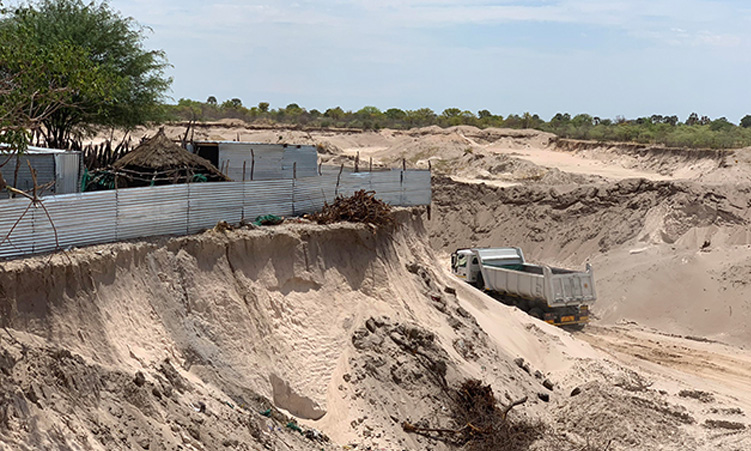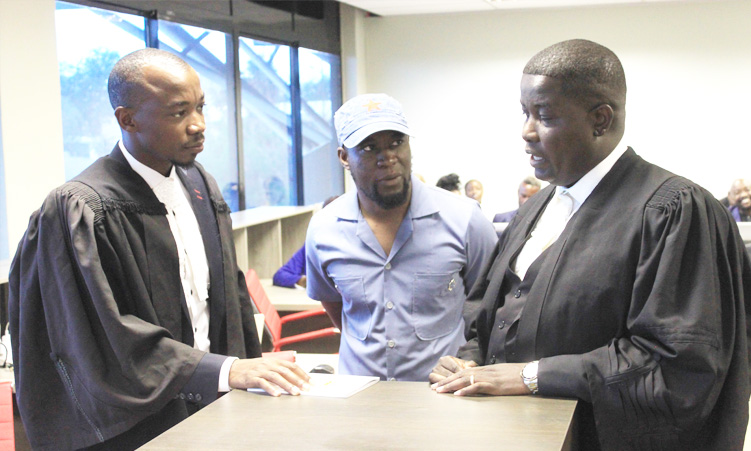KANANGA – Unused passenger wagons disintegrate on the rails beside boxcars bearing the scars of daily derailments that plague Democratic Republic of Congo’s decrepit and often deadly railway system.
In this dilapidated rail yard in Kananga, capital of Western Kasai province, engine driver Henri Mutombo points to the rusting skeleton of a diesel engine, picked clean long ago of any useful parts or removable scrap metal. “This locomotive killed many people back in 1991,” he says angrily.Congo keeps no accurate statistics on the number of deaths caused by train wrecks, but Mutombo says the problems that caused that crash 16 years ago have grown even worse today.A freight train overturned around 170 km northwest of Kananga last week, killing at least 100 passengers, mostly crushed between wagons or trapped beneath them.Railroad officials blamed the wreck on a brake failure.Small wonder.Congo’s national rail company, SNCC, lacks new parts and proper materials, so to repair its aging locomotives, machinists must fashion improvised spares, even nuts and bolts.Company employees are owed more than two years’ back wages.”The workers aren’t motivated and the machines are worn out.The rails aren’t repaired.The maintenance crews don’t have materials to do upkeep.These are the factors that are handicapping us,” Mutombo said.”The result is the worst of outcomes.”Decades of mismanagement under former ruler Mobutu Sese Seko and a 1998-2003 war have left the central African nation’s transport infrastructure in ruins.Much of the rail network is little changed since Belgium gave Congo independence in 1960.Air travel is both expensive and dangerous, with all but one of the dozens of airlines registered in Congo black-listed by the European Union.And in a country the size of Western Europe, there are few paved roads outside of the capital, Kinshasa.For most Congolese, the rail system is the only economically viable means of travelling or transporting goods across the vast interior.But farmers hoping to take their produce to market are forced to watch their harvests rot on station platforms as they wait weeks or months for trains that never come – and may be too packed to take on more passengers even if they do turn up.Transport Minister Remy Henri Kuseyo, appointed after Congo’s first democratic elections in more than four decades last year, hopes he can turn things around.There are plans to privatise several of the country’s poorly managed and cumbersome state enterprises, and Kuseyo expects to open bidding soon for a private-public partnership that will take over the running of SNCC.Nampa-Reuters”This locomotive killed many people back in 1991,” he says angrily.Congo keeps no accurate statistics on the number of deaths caused by train wrecks, but Mutombo says the problems that caused that crash 16 years ago have grown even worse today.A freight train overturned around 170 km northwest of Kananga last week, killing at least 100 passengers, mostly crushed between wagons or trapped beneath them.Railroad officials blamed the wreck on a brake failure.Small wonder.Congo’s national rail company, SNCC, lacks new parts and proper materials, so to repair its aging locomotives, machinists must fashion improvised spares, even nuts and bolts.Company employees are owed more than two years’ back wages.”The workers aren’t motivated and the machines are worn out.The rails aren’t repaired.The maintenance crews don’t have materials to do upkeep.These are the factors that are handicapping us,” Mutombo said.”The result is the worst of outcomes.”Decades of mismanagement under former ruler Mobutu Sese Seko and a 1998-2003 war have left the central African nation’s transport infrastructure in ruins.Much of the rail network is little changed since Belgium gave Congo independence in 1960.Air travel is both expensive and dangerous, with all but one of the dozens of airlines registered in Congo black-listed by the European Union.And in a country the size of Western Europe, there are few paved roads outside of the capital, Kinshasa.For most Congolese, the rail system is the only economically viable means of travelling or transporting goods across the vast interior.But farmers hoping to take their produce to market are forced to watch their harvests rot on station platforms as they wait weeks or months for trains that never come – and may be too packed to take on more passengers even if they do turn up.Transport Minister Remy Henri Kuseyo, appointed after Congo’s first democratic elections in more than four decades last year, hopes he can turn things around.There are plans to privatise several of the country’s poorly managed and cumbersome state enterprises, and Kuseyo expects to open bidding soon for a private-public partnership that will take over the running of SNCC.Nampa-Reuters
Stay informed with The Namibian – your source for credible journalism. Get in-depth reporting and opinions for
only N$85 a month. Invest in journalism, invest in democracy –
Subscribe Now!









